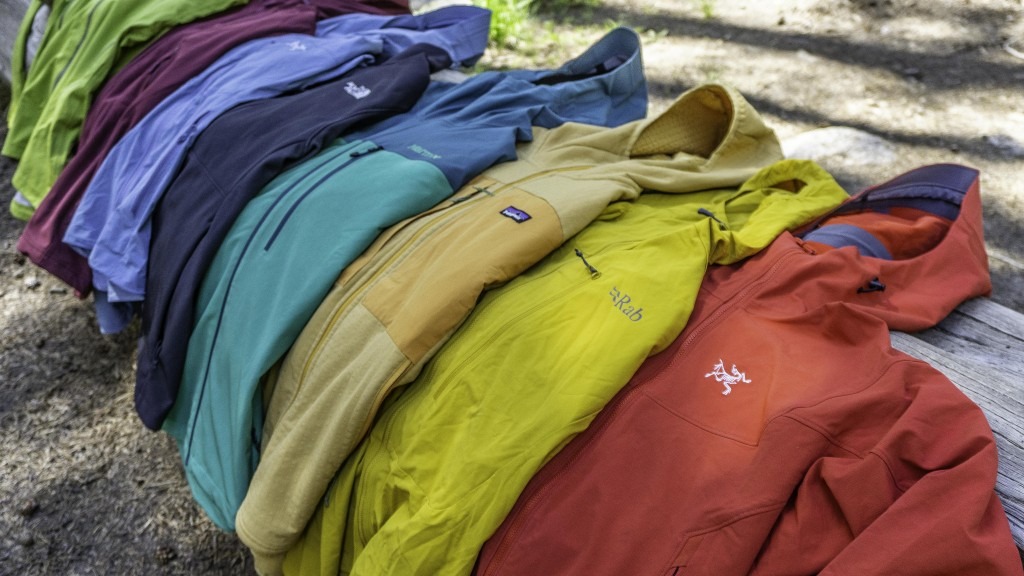In rugged environments, workwear needs to do more than look professional—it must protect, perform, and last.
That’s why more corporate buyers are turning to tactical softshell jackets to equip teams operating in cold, windy, or unpredictable climates.
Tactical softshell jackets are ideal for corporate workwear in harsh climates because they combine weather resistance, thermal comfort, and rugged durability in a lightweight, professional design. With fleece lining, water-repellent shells, and flexible movement, they keep employees safe and comfortable across varied conditions—indoors or out.
Let’s break down why more facility and procurement teams are adding softshells to their workwear programs.
Why Are Tactical Softshell Jackets Gaining Popularity in Corporate Uniform Programs?
Because they’re built for performance, not just appearance.
Softshell jackets offer a professional silhouette while delivering real-world protection—essential for logistics, warehouse, transportation, and field service teams exposed to the elements.
Many buyers now view them as a uniform staple, especially in colder zones.

How Do Softshell Jackets Adapt to Harsh Climates and Outdoor Sites?
The outer layer repels water and wind, while the inner microfleece traps body heat. Jackets with underarm vents allow for heat regulation, making them versatile across changing environments.
From freezing docks to remote wind farms, softshells adapt without the bulk of heavy winter gear.

What’s the Tactical Advantage in Industrial or Remote Work Environments?
Tactical softshells come with mission-ready features that cross over to industrial use:
- Zippered chest and sleeve pockets
- Reinforced seams and abrasion resistance
- Adjustable cuffs and hems for sealing warmth
- Hooded versions for added coverage
These details make a difference for teams working long hours or in unpredictable field conditions.

How Do Softshells Compare to Hardshells for Daily Work Use?
Hardshells are better for heavy rain or snow, but they’re often stiff, noisy, and hot during active work.
Softshells provide a balance of breathability, comfort, and flexibility, making them the better choice for daily wear across most industrial environments.

Are Tactical Softshell Jackets Waterproof and Wind-Resistant?
Most come with a DWR (Durable Water Repellent) coating, which handles light rain and snow.
They also block wind effectively, especially with the right fit. For extremely wet conditions, they can be layered under a Military Tactical Jacket waterproof shell.

Which Features Make Them Comfortable for Long Shifts?
Procurement teams appreciate these comfort-driven specs:
- 4-way stretch fabric that moves with the wearer
- Soft inner lining that eliminates the need for base layers
- Breathable zones to reduce sweating and overheating
These features reduce fatigue and support productivity—even in 10–12-hour shifts.

Can Softshell Jackets Be Customized for Corporate Branding?
Absolutely. Many brands offer Velcro patch areas, zippered chest panels, or embroidery zones for logos.
Tactical jackets are available in neutral colors (black, navy, grey, olive) to match corporate palettes—making them great for branded uniform programs.

What Are the Best Brands for Corporate Tactical Outerwear?
Reliable options include:
- 5.11 Tactical – Sabre Jacket 2.0: ideal for high-function environments with polished styling
- UF PRO – Delta Eagle Softshell: high-performance with superior insulation
- Rothco – Tactical Soft Shell Jacket: affordable for outfitting larger teams without sacrificing quality

Summary
Tactical softshell jackets are a smart investment in employee safety, comfort, and appearance. Need help choosing the right model for your workwear program? Get a custom quote or consultation here.

